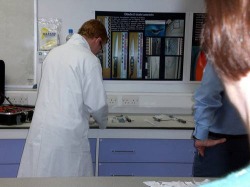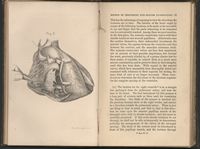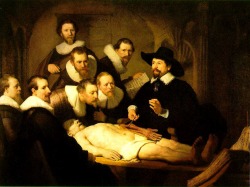Forensic Pathology
What is Forensic Pathology?

Pathology is the study of disease. It is a science that began in the 19th century. And Forensic Pathology was acknowledged as a science in year 1959.
Forensic Pathologist
A pathologist studies diseases in the human body. When a suspisious or unnatural death occurs, the forensic pathologist uses his or her knowledge and medical training to determine when, why, and how the victim died. A forensic pathologist plays an important role in the criminal justice system.
History

Giovanni Battista Morgagni, known as the father of modern pathology, published a book called Sedibus et Causis Morborum. It was based on the 60 years of autopsy work he did in year 1761.
Back when people immigrated to North America, the people brought the coroner system with them. Today, in North America, we use the medical examiner system. Although in Canada, medical examiners and provincial coroners examine suspiciousl and unnatural deaths.
Back when people immigrated to North America, the people brought the coroner system with them. Today, in North America, we use the medical examiner system. Although in Canada, medical examiners and provincial coroners examine suspiciousl and unnatural deaths.
Background Information

Pathologists, in general, did not exist in the 15th century. Forensic Pathology is a branch of Pathology that became professionally acknowledged in year 1959. A man named Carl Rokitansky was the first full-time pathologist in history. He developed a systematic way of dissecting a human being, and the Rokitansky Institute, where he performed the autopsy work he did, still stands in Vienna.
Important Discoveries in Forensic Pathology

An imortant discovery in forensic pathology is the autopsy. In the 15th century, autopsies were so new and uncommon that they were performed public most of the time. Barbers-surgeons,general physicians, the coroner, and anyone the court could force to peform an autopsy, performed the autopsy before pathologists existed, before the 19th century.
Another important discovery in forensic pathology is the microscope. It allowed scientists to get more evidence from the autopsies. And by the 1800s, they had found a way to preserve blood and tissue samples.
Another important discovery in forensic pathology is the microscope. It allowed scientists to get more evidence from the autopsies. And by the 1800s, they had found a way to preserve blood and tissue samples.
